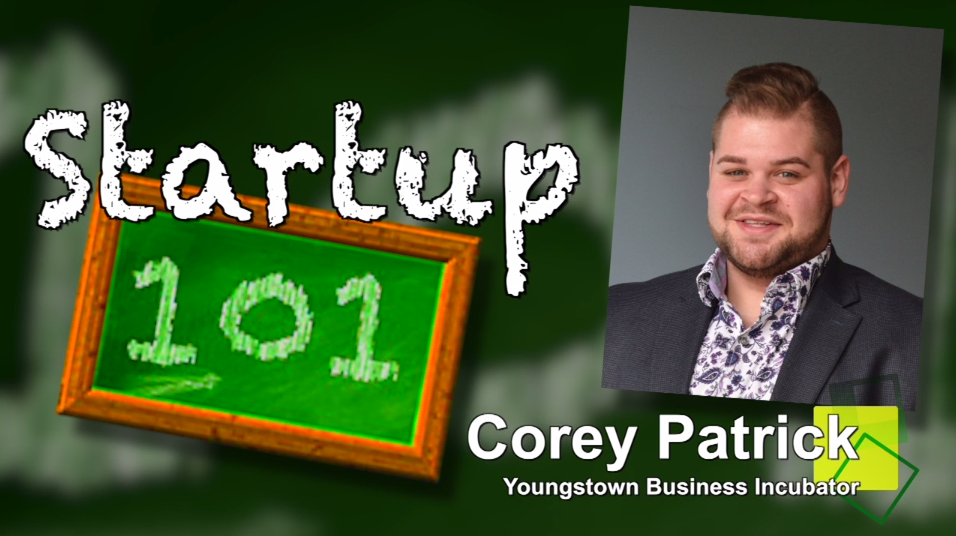What Is the Next Big Disruptive Technology?
Nothing disrupts a legacy market like good technological innovation. And investors and business owners need to pay close attention to new innovation, or face being swept away by the resulting disruption.
Case in point. The buggy manufacturers who continued to manufacture their products and overstock their inventory after Henry Ford began mass producing his automobile. It didn’t turn out well for them.
So what might be one of our modern day disruptive technologies to which we should be paying close attention? What may be our Model T? There are dozens of them, but let’s just look at one, genetic engineering.
Once the stuff of fantasies, it’s already beginning to cause disruptive ripples in not just health care, insurance and pharmaceutical markets, but in some unintended ones as well. Which ones?
The genome revolution, as many are now calling it, started in 1990, with the much heralded launch of The Human Genome Project. The objective of the research was to map the human genome within 15 years. The goal of the mapping? So we can finally have a complete understanding of disease, among other things. And with this understanding to develop effective preventions or cures. Although further analysis and research continues, The Human Genome Project was declared complete April 14, 2003.
As a result of this pioneering research, genetic engineering, which alters an organism’s genetic material to eliminate undesirable characteristics or to produce desirable new ones, is bringing about stunning results in both cures and preventions.
Today, genetic engineering is being used with increasing effectiveness in fighting problems such as cystic fibrosis, diabetes, muscular dystrophy, hepatitis and immunodeficiency. Today, it’s giving us the clearest understanding ever of the cancer cell, resulting in some very promising new drug treatments.
Tomorrow, it will likely cure cancer. And clearly one of its greatest benefits will be the prospect of helping to cure, or prevent, diseases or deficiencies in unborn children.
What’s been holding back medical advances through genetic engineering is that it remained a technically difficult, time-consuming and expensive methodology, limited to only top scientific laboratories. And then in 2013, along came CRISPR.
CRISPR technology is a simple yet powerful tool for editing genomes. It allows researchers to easily alter DNA sequences and modify gene function. Suddenly, genetic engineering almost has become a DIY industry. For $159, you can buy your very own genetic engineering kit.
Middle and high school students are introducing their own experiments at science fairs across the country. Intel was so overwhelmed with CRISPR projects, that it recently added it as a separate category for its prestigious high school science competition.
CRISPR is not without its problems. And there remain serious questions concerning allowing genetic engineering to be a DIY backyard undertaking. Still, the science will continue to improve. Stunning breakthroughs in curative and preventive medical treatment will become almost routine.
And that will be incredibly disruptive to a lot of markets.
Think about the billions of dollars that are spent on health care each year in the United States, particularly in the treatment of chronic diseases.
Hospitals, testing laboratories, medical practices, rehabilitation centers, home care companies, hospices, pharmaceutical companies, insurance companies, to name just a few, are all billing their services into this multi-trillion dollar market. Doctors, nurses, health aides, lab techs, therapists, pharmacists are employed as a result.
What happens to these industries if genetic engineering can cure the chronic disease? What happens if genetic engineering can prevent the disease from occurring?
On April 10, Goldman Sachs released a comprehensive analysis, “The Genome Revolution,” and asked an interesting question: “Is curing patients a sustainable business model?”
Caring for and treating chronic disease is a sustainable business model. It’s been so for hundreds of years. But, how about curing patients?
I can understand why a financial analyst would ask what, for many of us, is a morally offensive question. It’s their job. Perhaps, it’s also the wrong question.
A better question, particularly if you work or invest in health care, might be: How will curing patients and preventing disease disrupt health care? Because a massive disruption is coming. And there will be winners. And there will be losers.
Copyright 2024 The Business Journal, Youngstown, Ohio.



